The American landscape is often dominated by highways and sprawling suburbs designed with cars in mind. Yet, across the country, numerous cities have preserved or developed walkable neighborhoods that offer a refreshing alternative to the typical automobile-dependent lifestyle.
These pedestrian-friendly havens provide health benefits, environmental advantages, and a more intimate way to experience urban culture. Here is a list of 20 cities across the United States where leaving your car behind can lead to a more enjoyable and authentic experience.
Boston
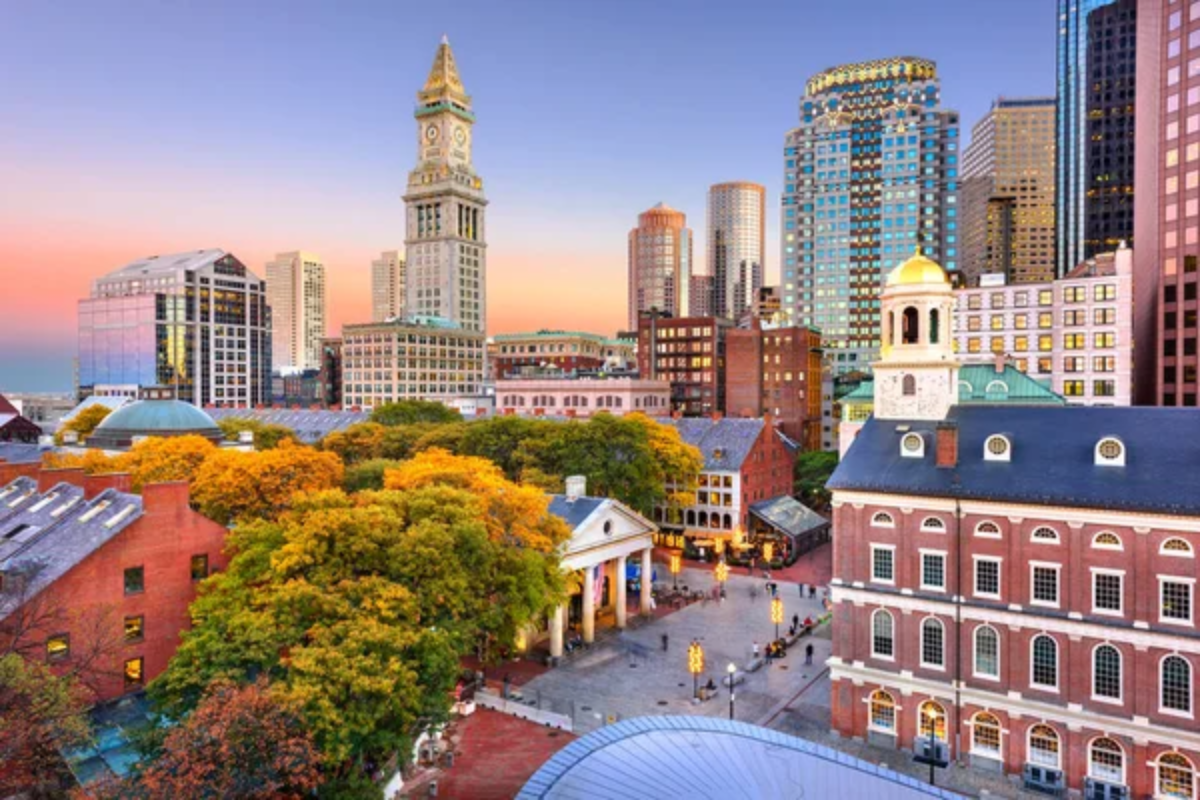
Boston’s compact layout reflects its pre-automobile origins. The Freedom Trail winds through 2.5 miles of historic sites, taking visitors through America’s revolutionary past.
The city’s neighborhoods connect seamlessly, making it possible to walk from the North End’s Italian restaurants to Back Bay’s elegant brownstones in under an hour.
New York City
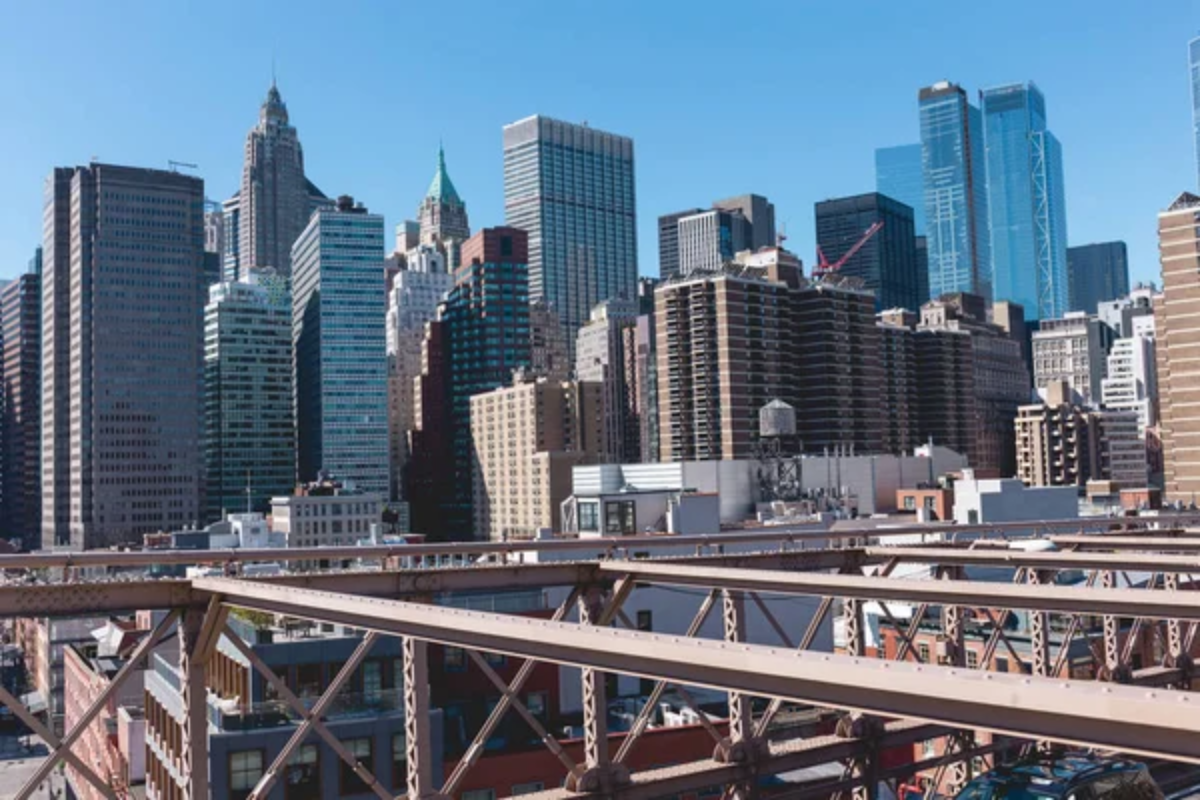
Manhattan’s grid system makes navigation surprisingly intuitive for newcomers. The city’s density means everything from world-class museums to hidden neighborhood gems sits within walking distance.
New Yorkers typically walk about three to five miles daily without even thinking about it, roughly double the national average for daily steps.
Like Travel Pug’s content? Follow us on MSN.
Philadelphia
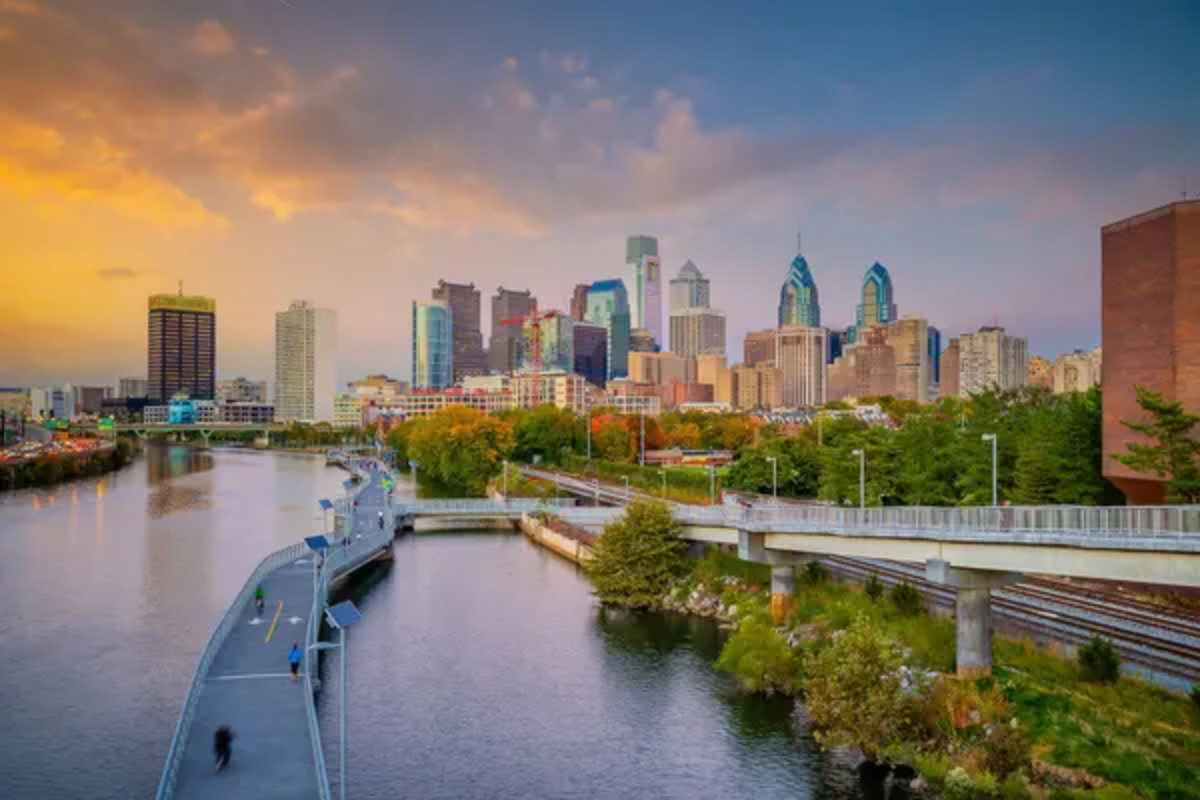
The City of Brotherly Love boasts one of America’s most walkable downtown cores. The Society Hill and Old City feature well-preserved colonial architecture alongside modern amenities, all within comfortable walking distance.
Inspired by the Champs-Élysées, the Benjamin Franklin Parkway creates a diagonal boulevard connecting the downtown area to the cultural institutions near Fairmount Park.
San Francisco
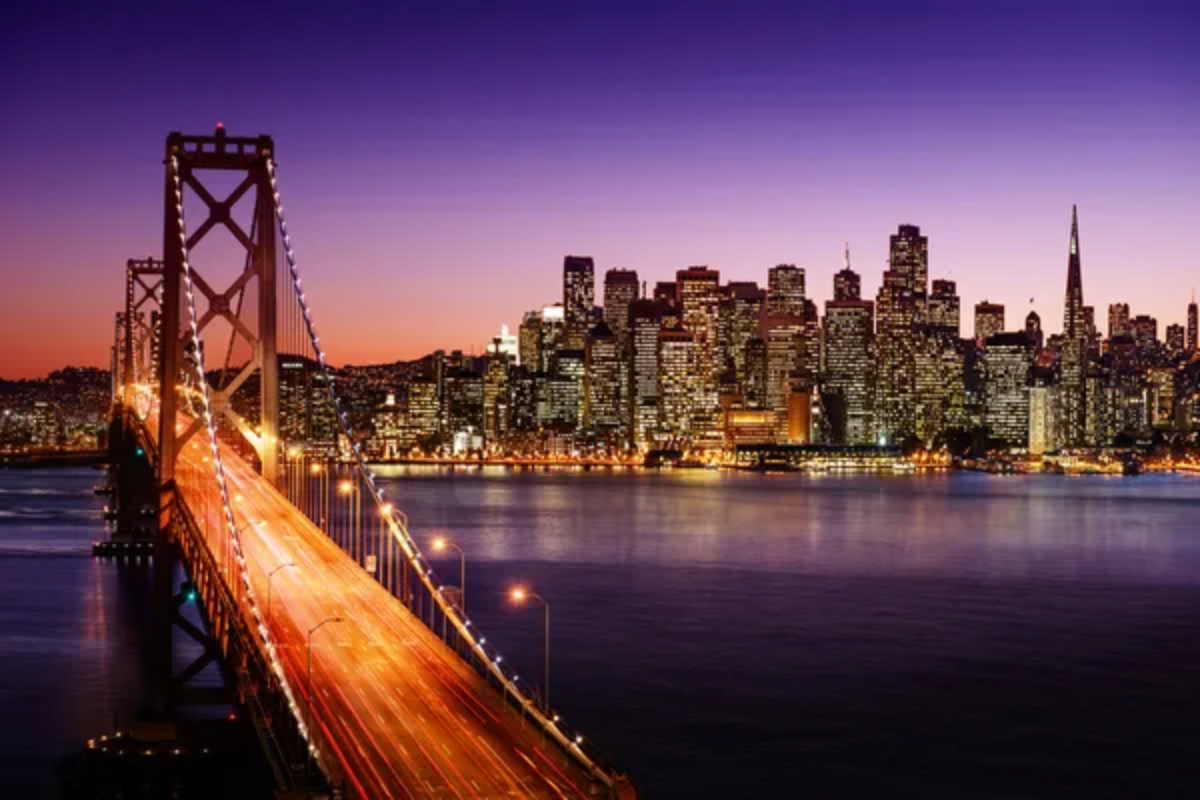
San Francisco rewards pedestrians with breathtaking views and distinctive neighborhoods despite its infamous hills. Ironically, the 49-Mile Scenic Drive makes an excellent walking route split over several days.
The Embarcadero’s flat waterfront path offers a more gentle alternative, with spectacular Bay Bridge views and access to the Ferry Building’s gourmet marketplace.
Washington D.C.
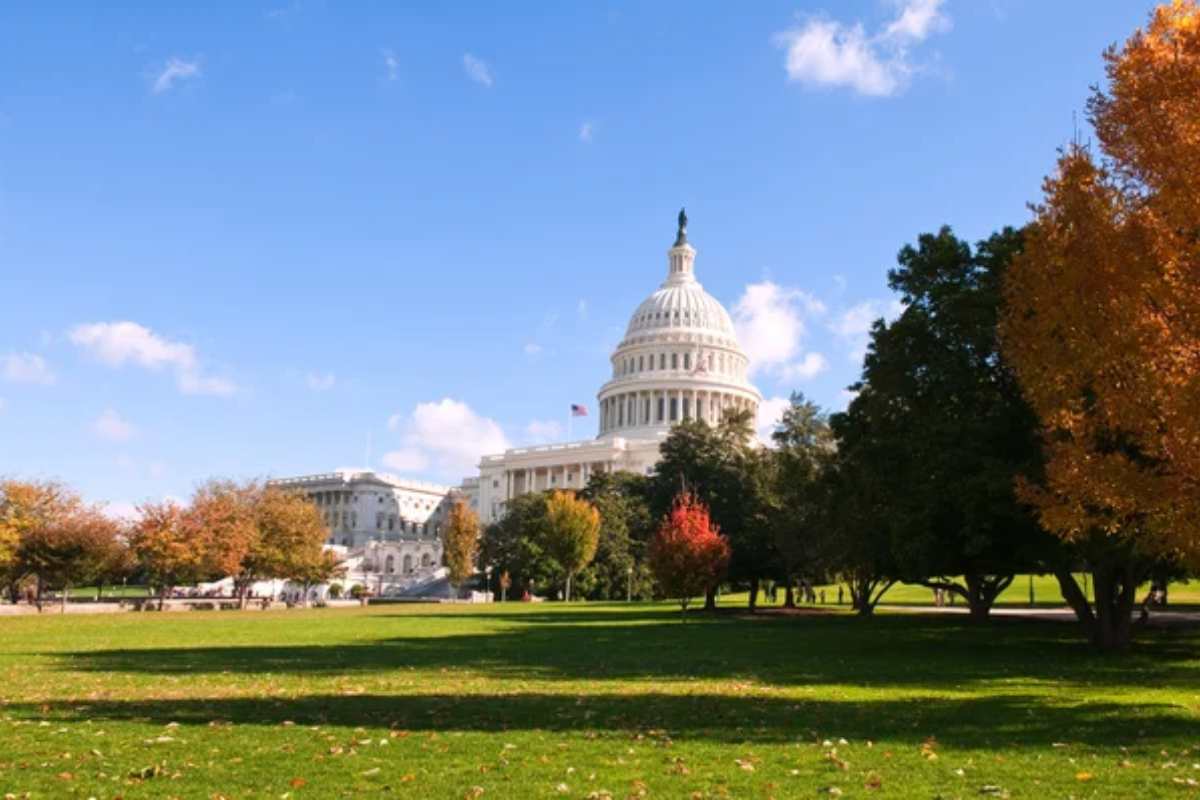
The capital’s monumental core creates an inspiring landscape for walking. The National Mall stretches two miles from the Capitol to the Lincoln Memorial, with countless museums and monuments along the way.
Beyond the tourist areas, neighborhoods like Dupont Circle and Georgetown feature tree-lined streets and historic row houses perfect for pedestrian exploration.
Like Travel Pug’s content? Follow us on MSN.
Chicago
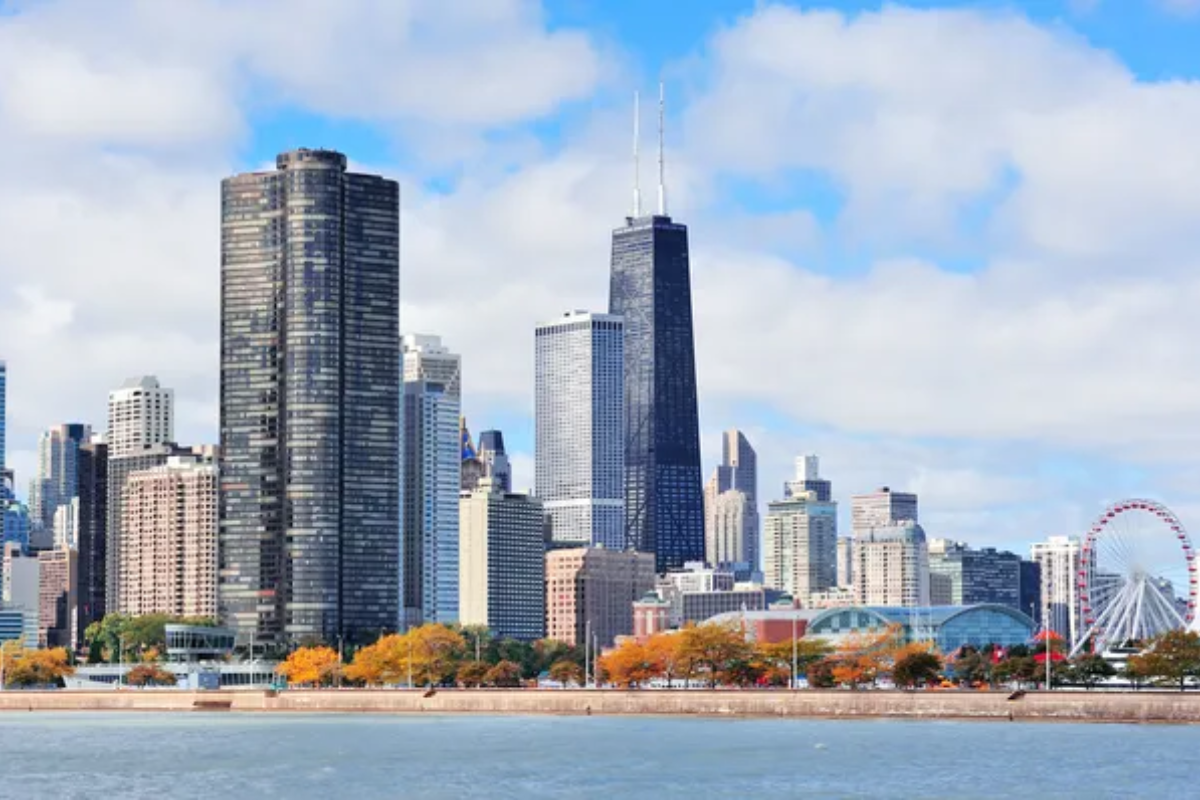
The Windy City’s downtown Loop district packs architectural marvels within a compact, walkable area. The Lakefront Trail extends 18 miles along Lake Michigan, connecting diverse neighborhoods and beaches.
Chicago’s grid system makes it nearly impossible to get lost, while elevated ‘L’ train stations provide convenient jumping-off points for exploring different areas on foot.
Savannah
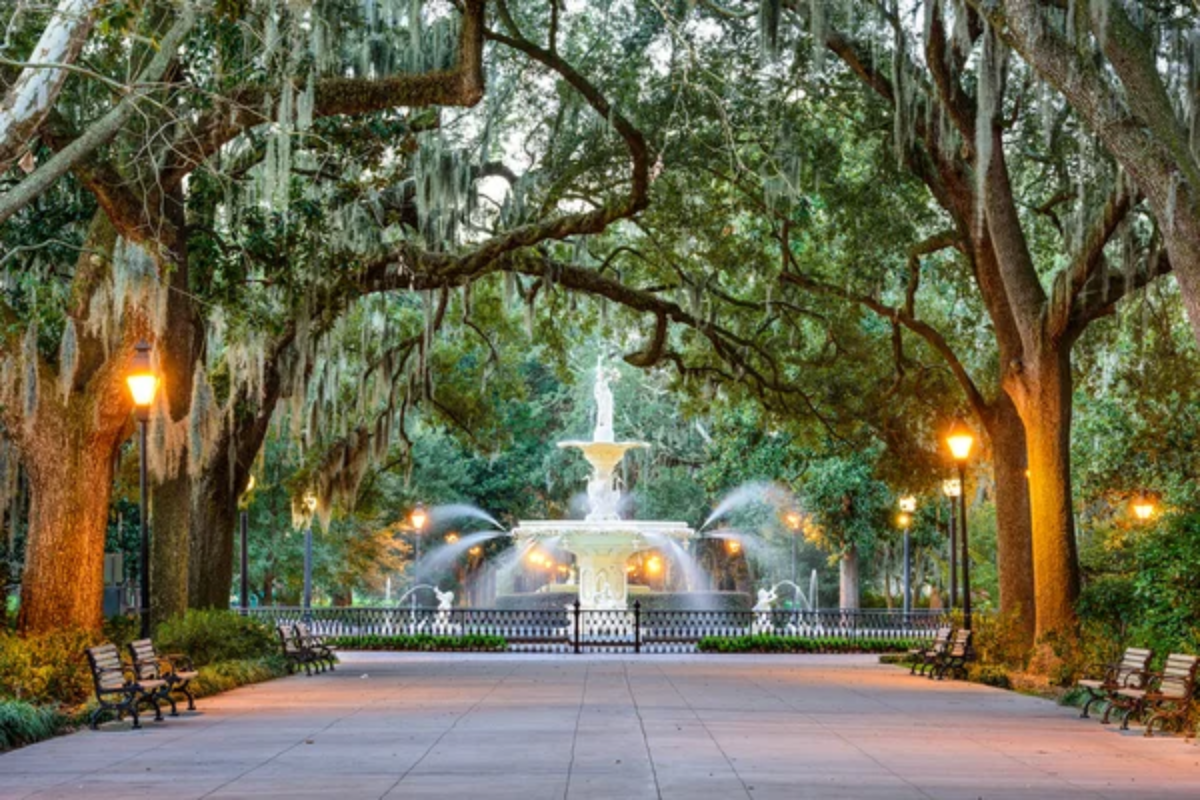
Savannah’s historic district features 22 charming squares in a grid pattern, creating natural walking paths through the city. Spanish moss drapes over pedestrian pathways that connect elegant homes, shops, and restaurants.
The waterfront area along River Street offers cobblestone paths and converted cotton warehouses now housing boutiques and eateries.
Portland
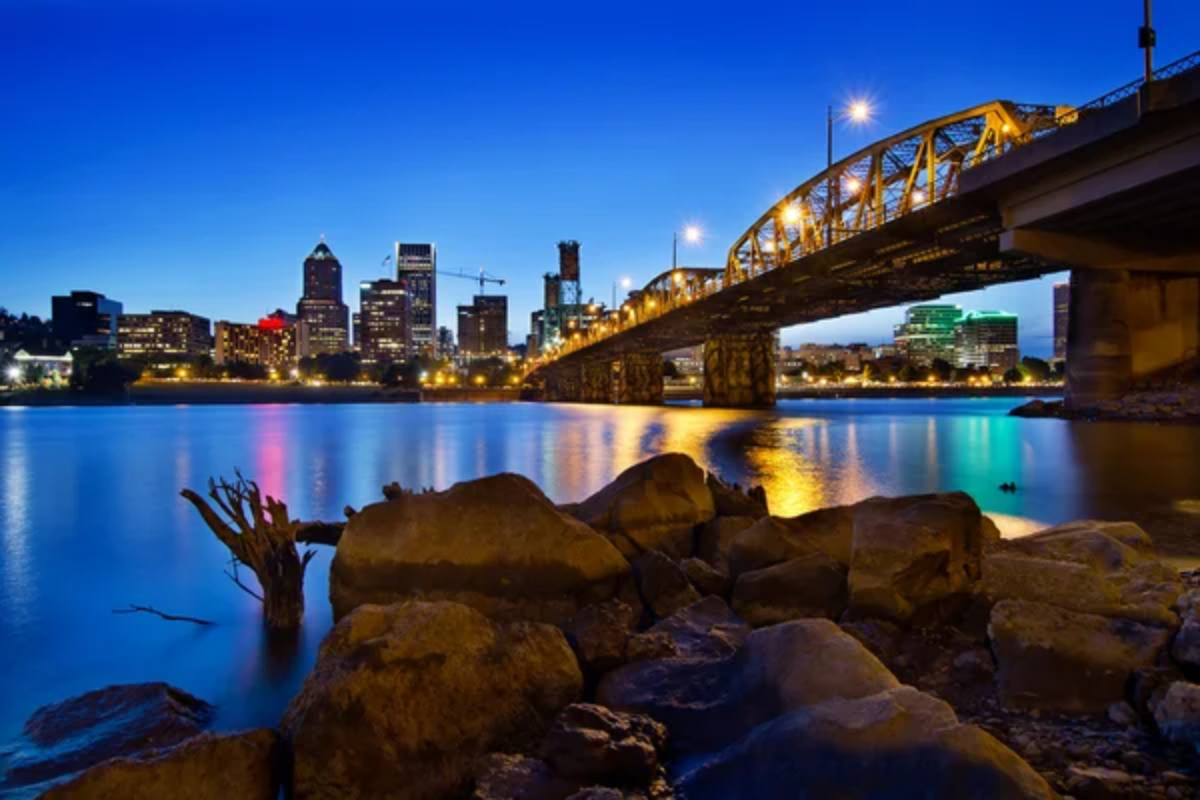
Portland’s compact downtown blocks are only 200 feet long, making the city exceptionally navigable for pedestrians. The city’s abundant bridges connect neighborhoods across the Willamette River, offering dramatic views and easy access to different districts.
Forest Park, one of America’s largest urban forests, provides over 80 miles of walking trails within city limits.
Like Travel Pug’s content? Follow us on MSN.
Charleston
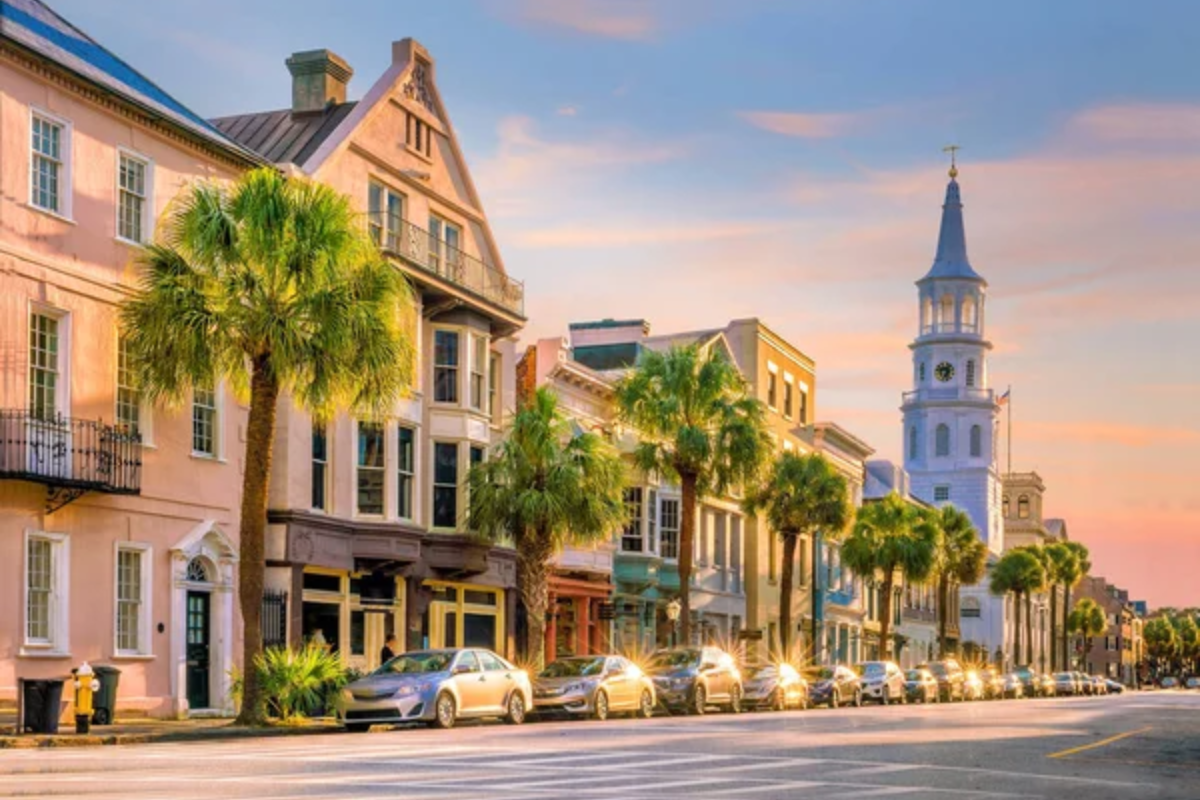
Charleston’s peninsula location naturally contains its historic district within a walkable area. Pastel-colored homes, flowering gardens, and historic churches line streets designed long before automobiles existed.
The Battery promenade along the harbor offers cooling breezes and spectacular views that no car window could fully capture.
Seattle
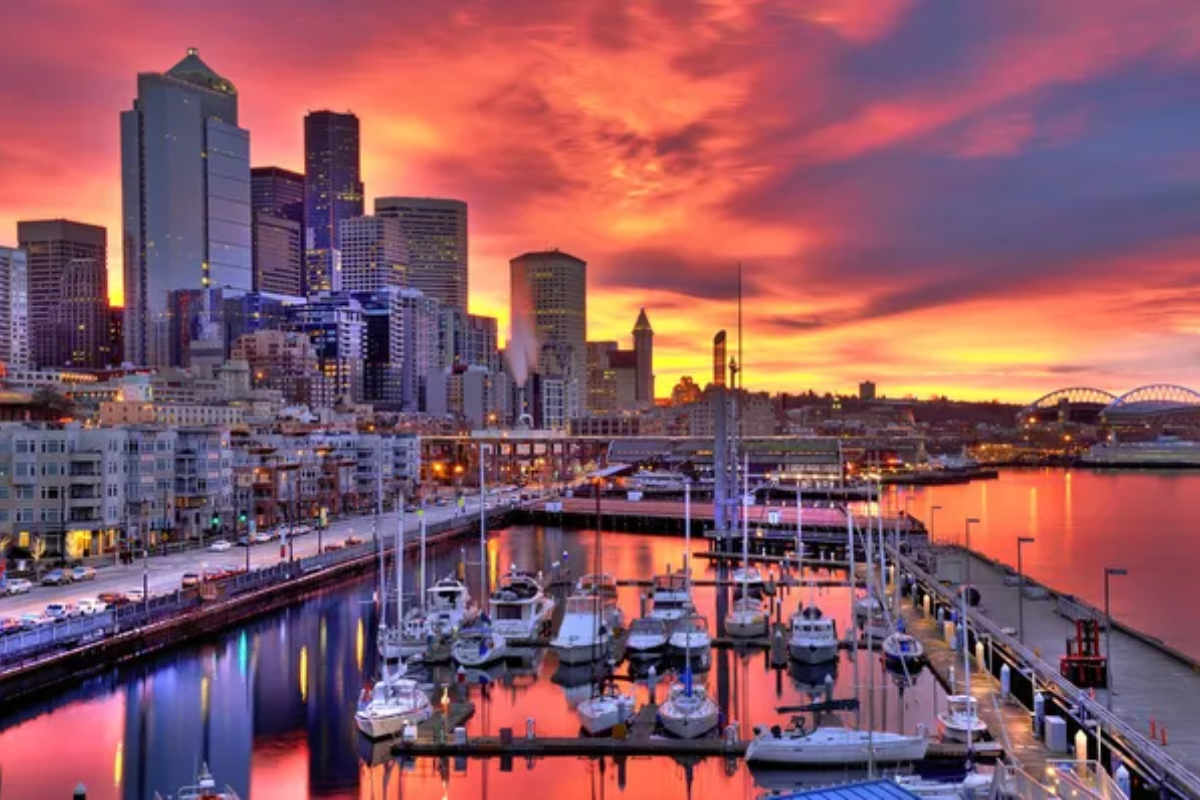
Seattle’s city center flows smoothly into the waterfront, Pike Place Market, and surrounding neighborhoods. Though its terrain is difficult, the city has heavily invested in pedestrian infrastructure.
‘Greenways’ in residential neighborhoods offer quiet, low-traffic paths specially planned for walking and cycling between commercial districts and residential neighborhoods.
New Orleans
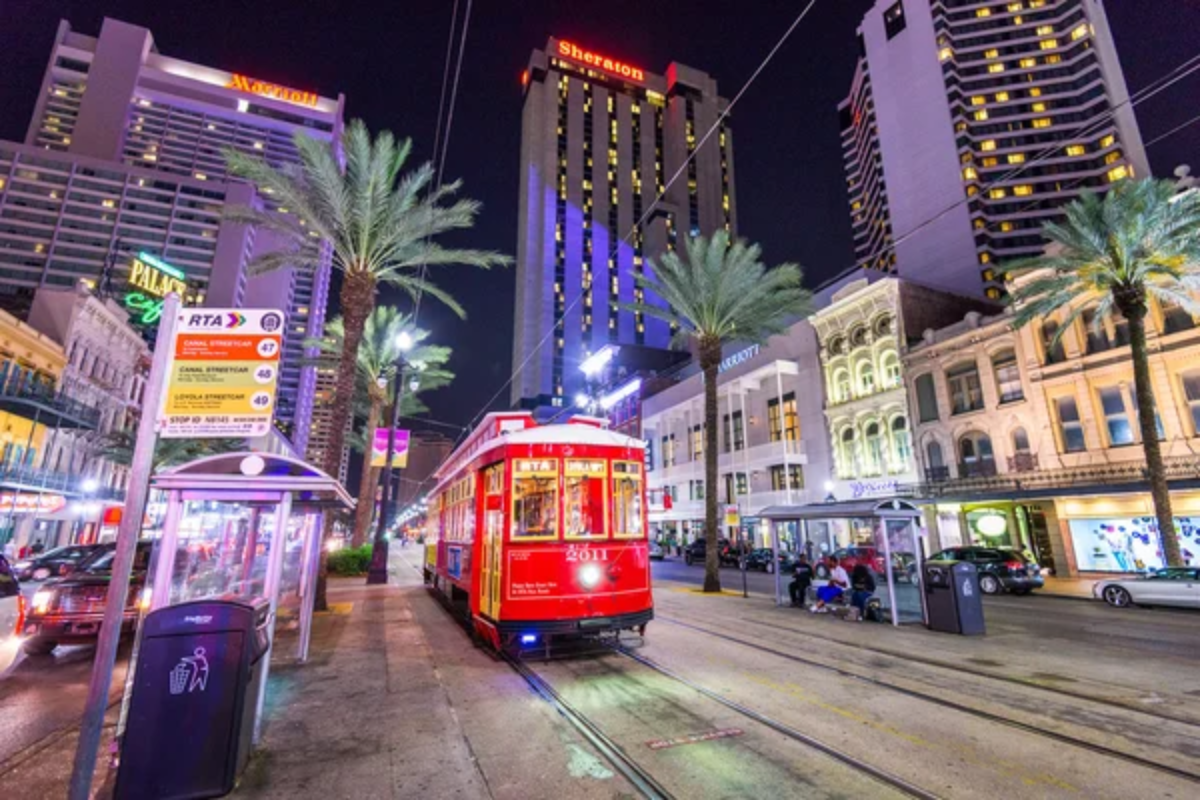
The car-unfriendly streets of the French Quarter were never intended for motorized traffic, so strolling was always the instinctive alternative. Royal Street, the more laid-back cousin of Bourbon Street, offers antique stores and street performers rather than bars.
Streetcars provide a nice rest for foot-weary travelers while still delivering the city from a street-level viewpoint.
Like Travel Pug’s content? Follow us on MSN.
Denver
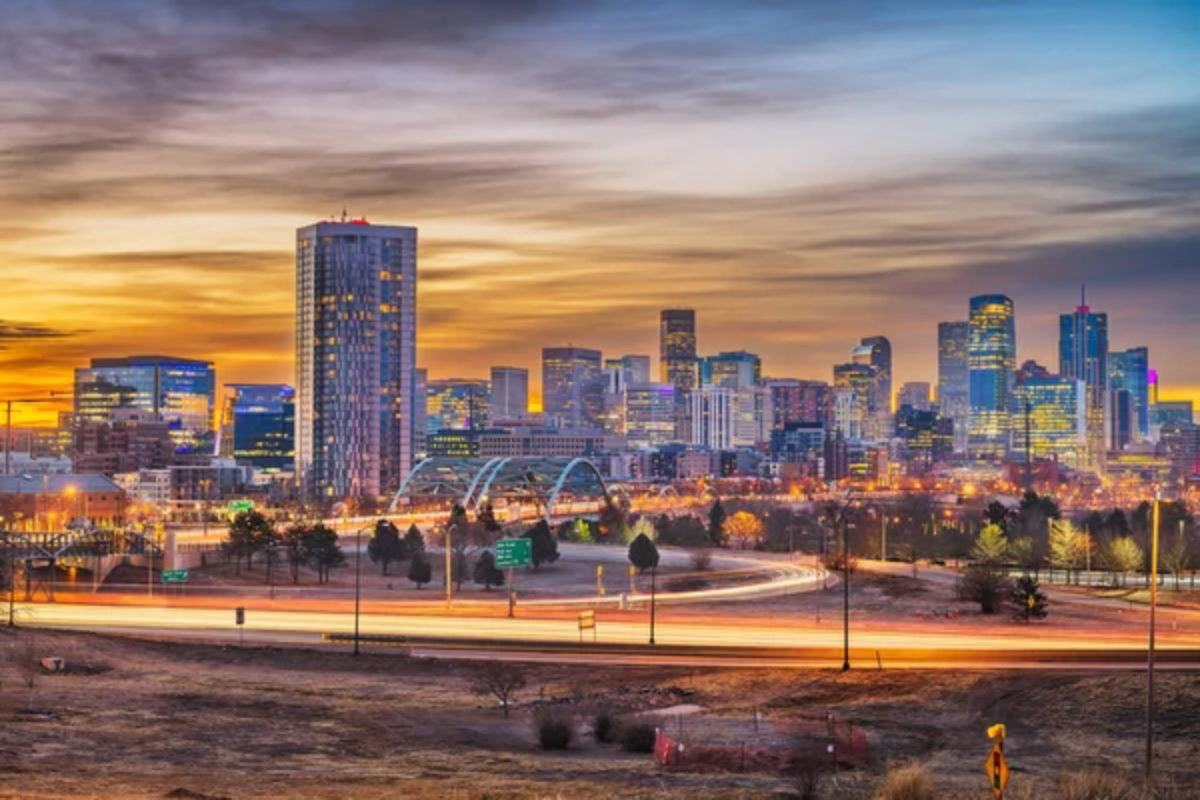
Denver’s downtown 16th Street Mall creates a pedestrian-friendly corridor through the city’s heart. The city’s grid pattern extends outward to neighborhoods like LoDo and LoHi, which have transformed from industrial areas to walkable districts filled with breweries and restaurants.
Clear mountain air and 300 days of sunshine annually create ideal conditions for exploring on foot.
Minneapolis

Minneapolis boasts an extensive skyway system—eight miles of enclosed pedestrian bridges connecting buildings downtown—making year-round walking possible even during harsh winters. The Chain of Lakes provides scenic walking paths through urban green spaces.
The city’s commitment to winter maintenance keeps sidewalks clear during snowy months.
Santa Fe
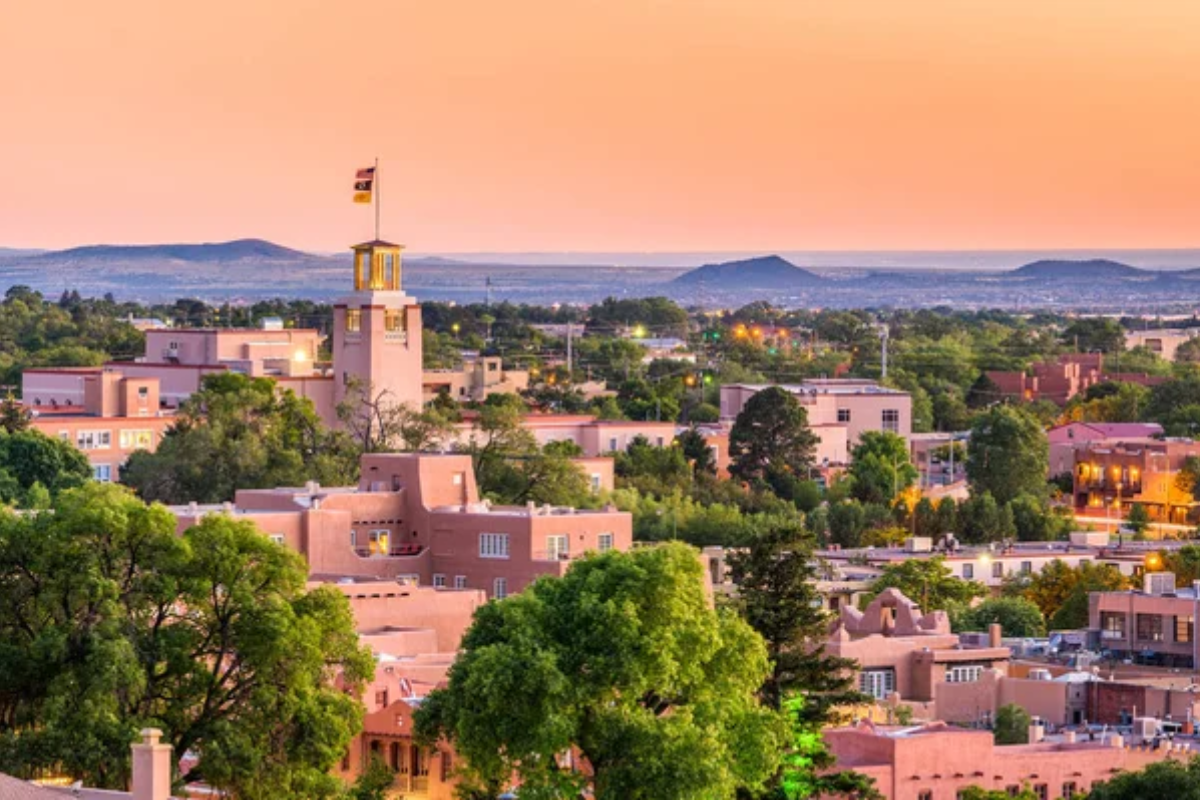
Santa Fe’s historic Plaza serves as the walking hub for the oldest capital city in the United States. Adobe architecture and narrow streets create an intimate atmosphere best appreciated at walking pace.
The Canyon Road arts district features over 100 galleries along a half-mile stretch, perfect for a leisurely afternoon stroll.
Like Travel Pug’s content? Follow us on MSN.
Pittsburgh
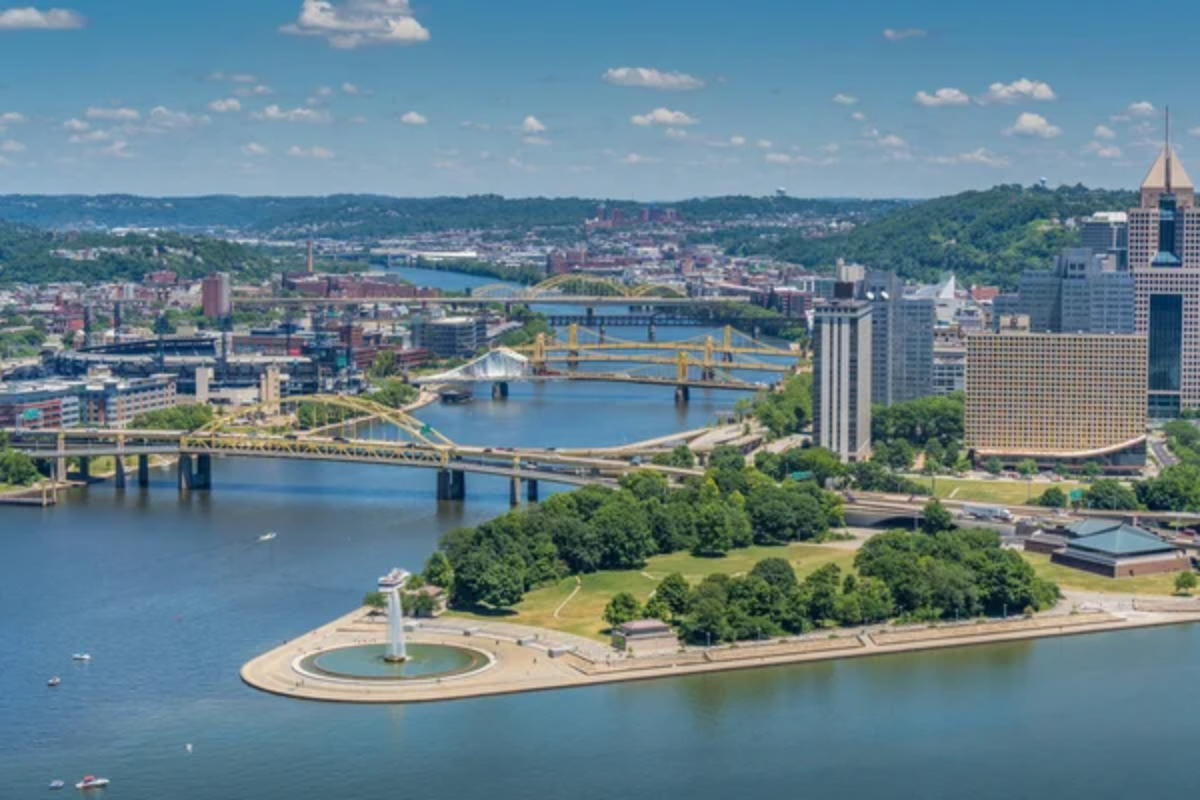
Pittsburgh’s compact downtown fits between three rivers, creating a naturally walkable triangle known as the Golden Triangle. Former industrial areas have been transformed into riverside trails like the Three Rivers Heritage Trail.
The city’s 446 bridges connect neighborhoods across valleys and rivers, offering dramatic views and unique walking experiences.
Madison
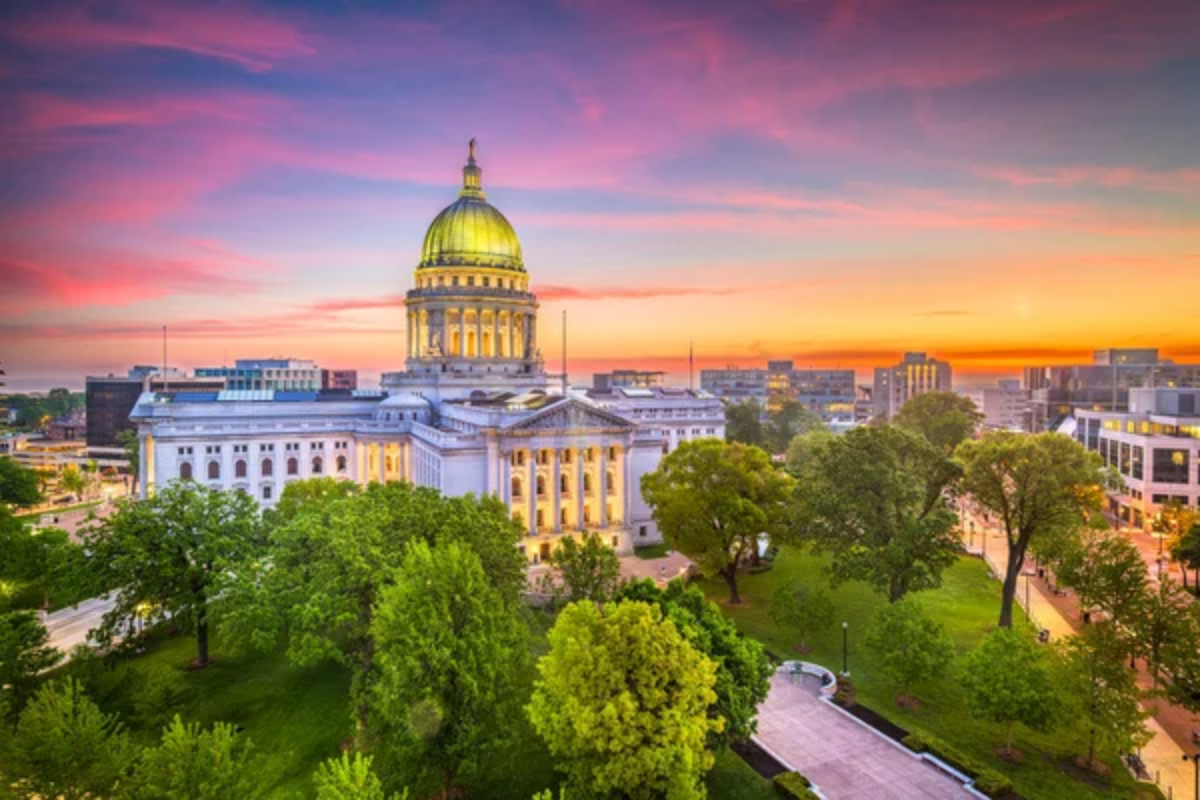
Madison’s isthmus between two lakes creates a naturally contained downtown that is perfect for walking. The State Capitol sits at the center of a pedestrian-friendly district filled with restaurants and shops.
The University of Wisconsin campus blends with the city, adding energy and walkable pathways through green spaces.
Burlington
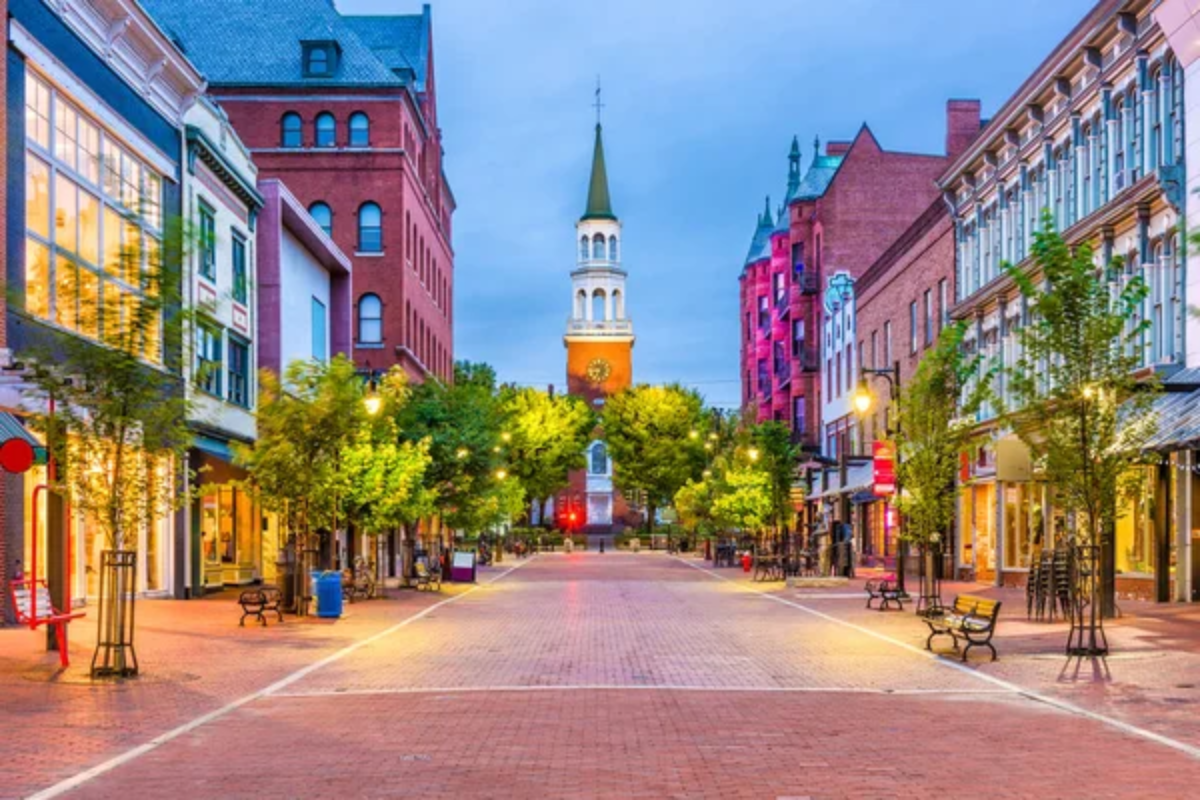
Burlington’s Church Street Marketplace forms the heart of this small city’s pedestrian district. Lake Champlain’s waterfront path provides scenic walking with mountain views across the water.
The compact size means visitors can easily walk from downtown shops to residential neighborhoods to lakefront parks in a single afternoon.
Like Travel Pug’s content? Follow us on MSN.
Cambridge
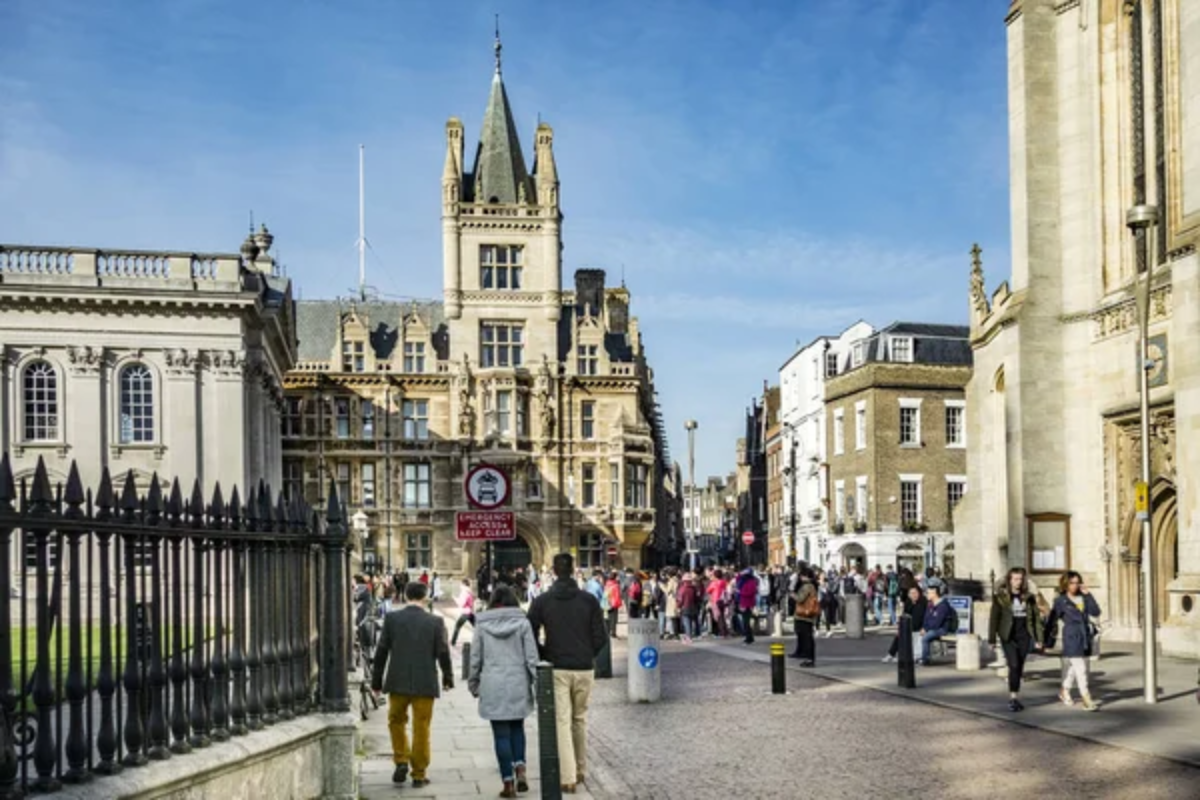
Cambridge, home to Harvard and MIT, is a city that combines academic campuses with pedestrian commercial centers. Massachusetts Avenue ties together culturally diverse neighborhoods with an eclectic array of bookstores, ethnic restaurants, and neighborhood businesses.
The Charles River trails provide a scenic route uniting Cambridge and Boston, with views of both city skylines.
Ann Arbor
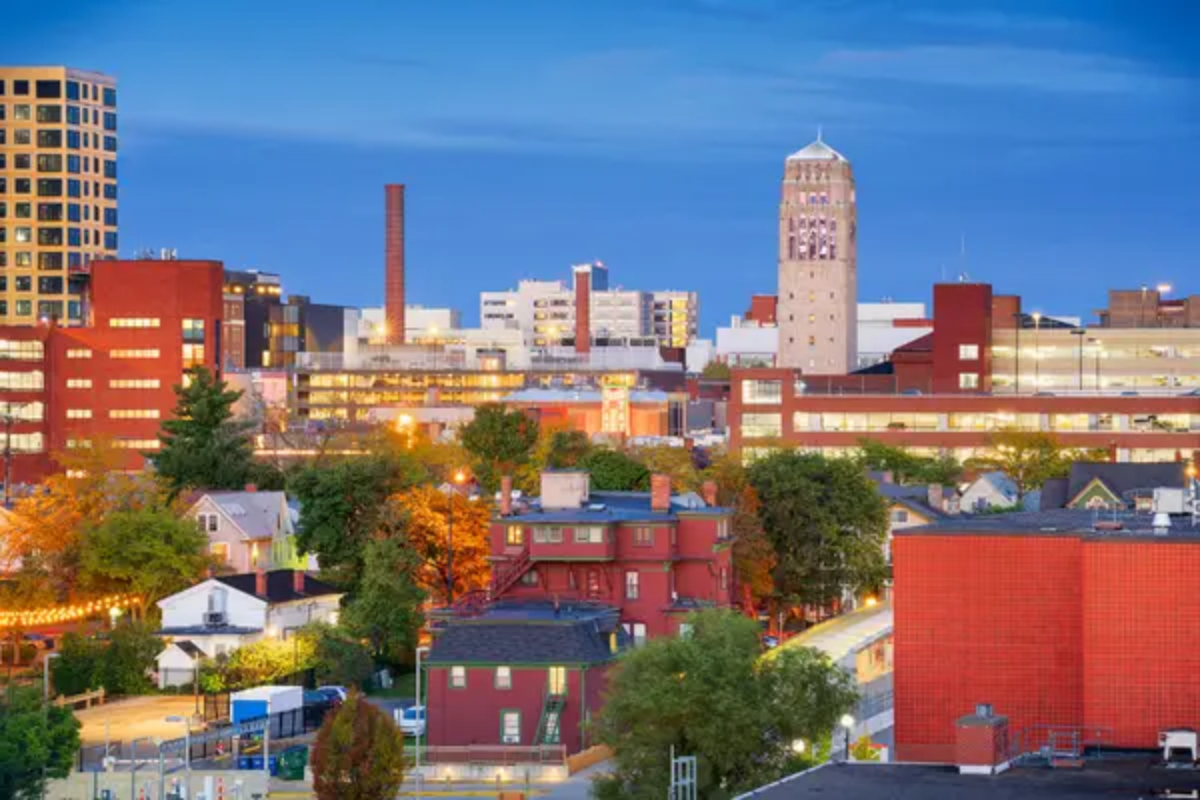
Ann Arbor’s downtown has a human scale ideal for walking, with the University of Michigan campus woven into the city’s fabric. Tree-lined streets link the central business district to residential neighborhoods and campus districts.
The Nichols Arboretum offers walking trails through natural landscapes within minutes of downtown.
Providence
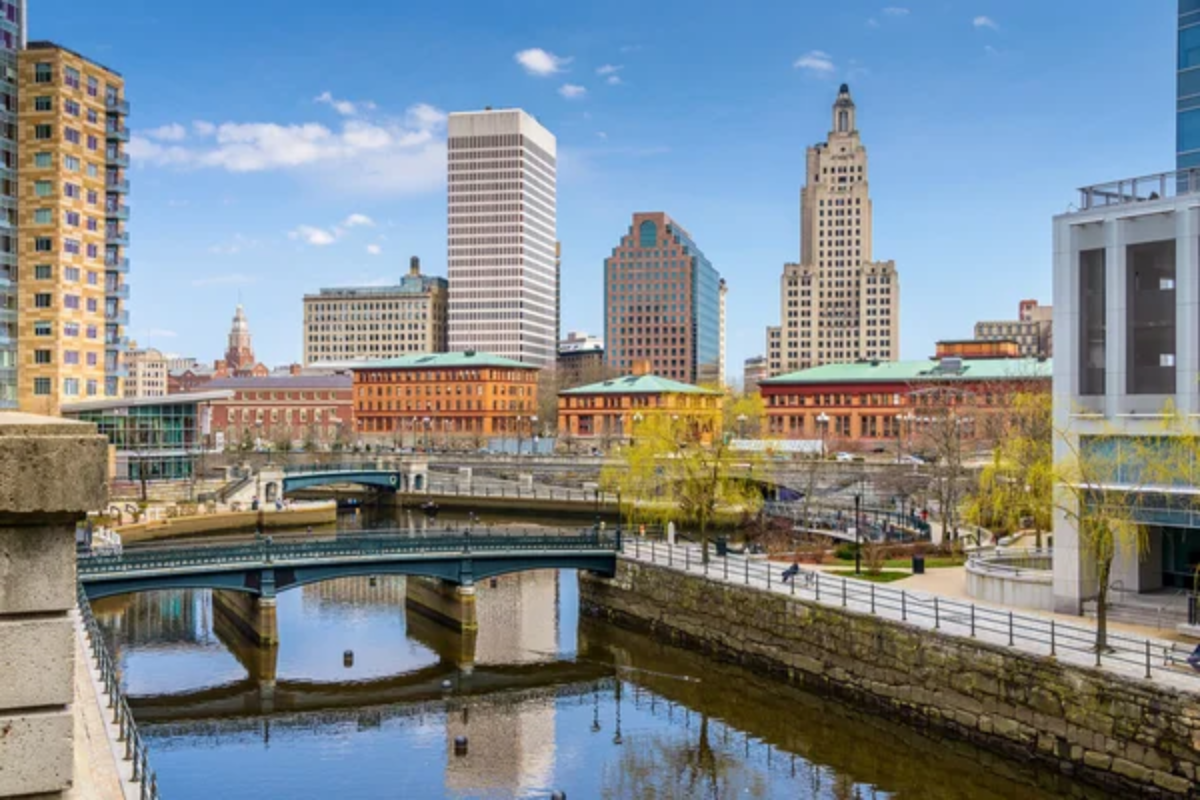
Providence’s compact downtown area is centered on a rebuilt riverfront with sidewalk paths on either side. Former industrial sites have been converted into walkable neighborhoods with boutique businesses and restaurants.
The campus of Brown University on College Hill features raised views and historic buildings that are best enjoyed on foot.
Like Travel Pug’s content? Follow us on MSN.
The Pedestrian Experience
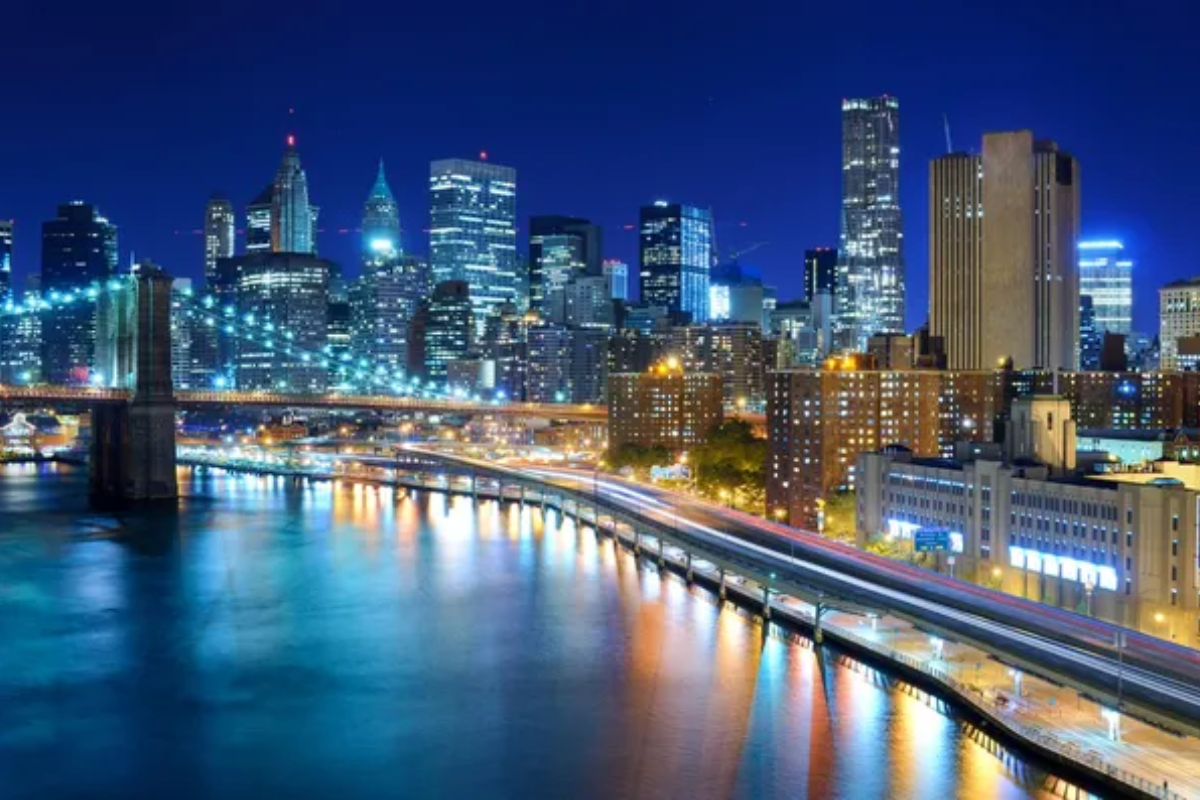
Walking in these cities uncovers things that are impossible to see from behind a steering wheel. Graffiti hidden in side streets, architectural features above street level, and impromptu conversations with residents become part of the tour.
These pedestrian-friendly cities are not only a transport option but a different way of visiting American cities—slower, more human, and ultimately more memorable.
More from Travel Pug

- Cities Growing so Fast You Won’t Recognize Them in 10 Years
- 13 Destinations Where Tourists Regularly Regret Their Trip
- 20 Obscure WWII Sites Even History Buffs Don’t Know About
- 10 Under-the-Radar Mountain Towns That Are Both Affordable and Beautiful
- 20 Abandoned Places That Feel Like Real-Life Post-Apocalyptic Movie Sets
Like Travel Pug’s content? Follow us on MSN.
